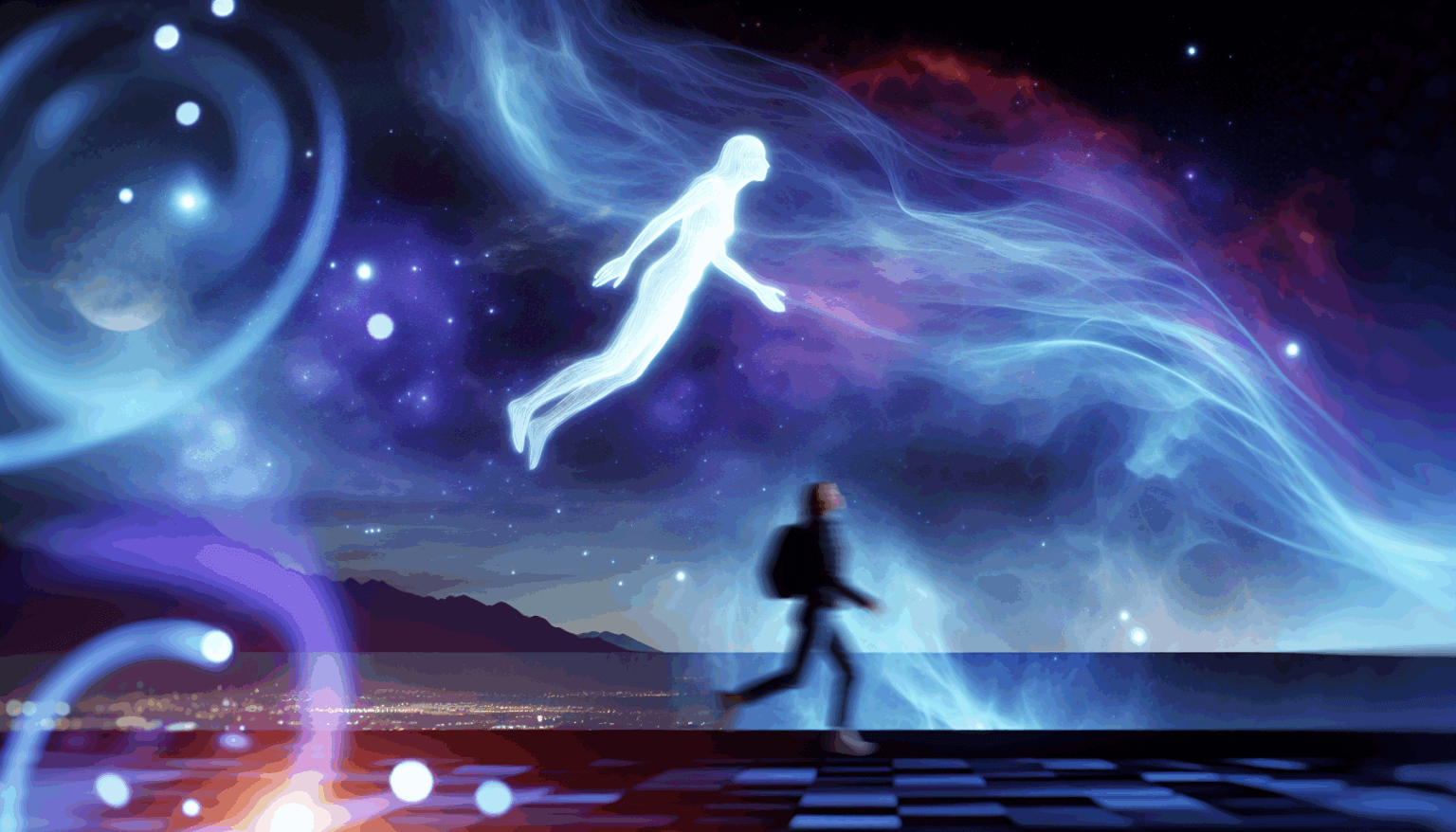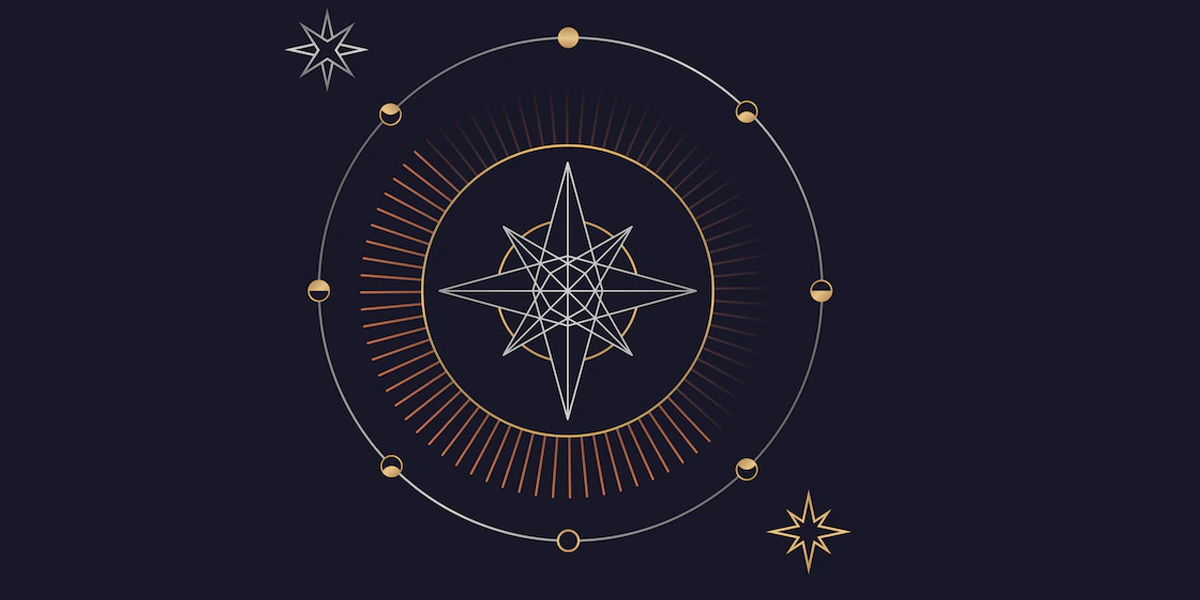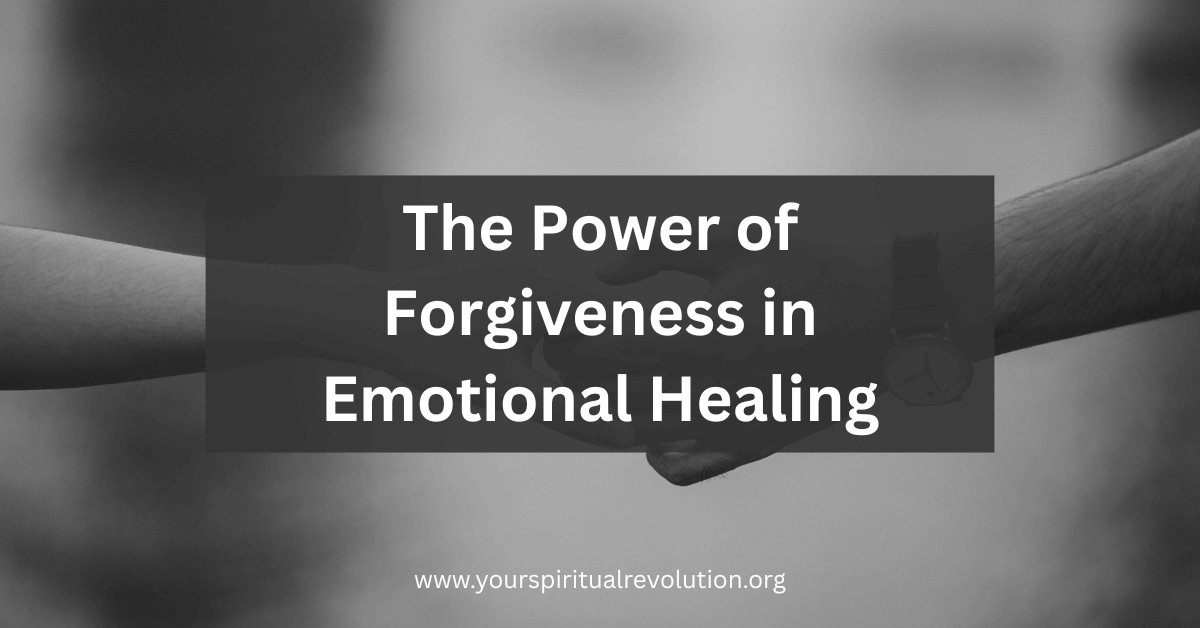Astral travel and lucid dreaming are fascinating phenomena that delve into the depths of human consciousness. While astral travel involves intentional out-of-body experiences, lucid dreaming allows individuals to become aware and control their dreams. This article explores the intricacies of both practices, their historical significance, and their potential benefits to personal growth.
The Mystical Journey of Astral Travel: Astral travel, often synonymous with astral projection, is a fascinating phenomenon rooted in centuries of spiritual and cultural history. Historical narratives from various civilizations depict the art of traveling beyond the physical body, with the ancient Egyptians famously believing in the existence of the ka, or spirit, which could separate from the body and traverse other realms during life and after death. Similarly, Hinduism introduces the concept of the subtle body or astral body, emphasizing the distinction between the physical and non-physical self. In these traditions, astral travel serves not just as a method of exploration but as a means of understanding the self and the universe.
At its core, astral projection refers to an out-of-body experience where the individual’s consciousness, often termed the astral body, separates from the physical body and journeys through the astral plane. Practitioners describe a range of experiences during astral travel, from traveling to distant locales in the physical realm to encountering various mystical entities or navigating symbolic landscapes that reflect the inner psyche. Some engage in astral travel as a spiritual practice, seeking enlightenment, healing, or a deeper understanding of their purpose in life. This exploration often leads to personal revelations that can foster growth and transformation.
Despite the rich history and compelling testimonies surrounding astral travel, scientific inquiry into the phenomenon remains sparse. Skeptics often regard it as a psychological or neurological process, perhaps a form of lucid dreaming or an experience fueled by the imagination. The lack of empirical evidence does not diminish the profound subjective experiences reported by individuals who engage in astral travel. Many practitioners recount stories of clarity, an enhanced sense of connection to the universe, and a feeling of liberation from the constraints of physical existence, which can greatly enrich their personal development.
Astral travel’s potential does not merely rest on spiritual aspirations; it serves as a tool for personal advancement. By engaging in astral projection, individuals may gain insights into their fears, desires, and life challenges. The experience can serve as a motivational catalyst, encouraging individuals to confront inner issues or recognize their place within the greater cosmos. Those who regularly practice astral projection often find that their experiences translate into improvements in their waking lives, such as increased creativity, emotional resilience, and enhanced intuition.
In summary, astral research invites both intrigue and skepticism, presenting a diverse landscape where subjective experiences hold as much significance as empirical data. While scientific validation may be elusive, the transformational potential of astral travel offers a unique path for personal exploration, spiritual advancement, and profound self-discovery.
Lucid dreaming represents a fascinating intersection of consciousness and perception, offering individuals a unique opportunity to engage with the dream state in a conscious and intentional manner. Unlike regular dreaming, where an individual is often an unknowing participant in their dream narrative, lucid dreaming occurs when one becomes aware that they are dreaming and can exert control over their actions, environment, and even plot developments within the dream. This heightened awareness can transform dreams into a vibrant playground for exploration, creativity, and personal insight.
Historically, lucid dreaming has been recognized and celebrated across various cultures. References to dreaming with awareness can be found in both Eastern and Western traditions. In Tibetan Buddhism, for instance, the practice of “Dream Yoga” emphasizes cultivating lucidity in dreams as a means to gain insight and achieve spiritual enlightenment. Practitioners believe that mastering dreams can facilitate a deeper understanding of the self and the nature of reality. In the West, philosophers like Aristotle and Descartes pondered the nature of dreams and consciousness, recognizing the bizarre realism that can sometimes accompany the dream state.
To induce lucid dreams, individuals often employ several techniques. Reality checks are among the most effective methods; they involve practicing small tests throughout the day to ascertain whether the individual is awake or dreaming. Common reality checks include looking at one’s hands and questioning their consistency or attempting to read a piece of text twice, noting how it may change. These checks, when regularly practiced, can carry over into dreams and trigger lucidity.
Another powerful method is dream journaling. By recording dreams immediately upon waking, individuals can enhance their dream recall, identify recurring themes or symbols, and heighten overall awareness of their dream states. This reflective practice cultivates familiarity with one’s unique dream landscapes and narratives, providing the groundwork for conscious participation within those spaces.
Psychologically, lucid dreaming holds a wealth of implications. Researchers suggest that this phenomenon can serve as a therapeutic tool, enabling individuals to confront fears and anxieties in a safe environment. For instance, those dealing with nightmares may find solace in learning to take control, transforming dreaded scenarios into platforms for empowerment and resolution. The potential applications of lucid dreaming extend to enhancing creativity, problem-solving, and personal development, echoing lighter elements associated with astral travel.
As interest in lucid dreaming continues to grow, it is increasingly being recognized not just as an intriguing aspect of human cognition but as a meaningful practice for self-exploration and well-being. The exploration and mastery of this art form may offer insights akin to astral travel, as both disciplines invite individuals to expand their consciousness beyond the constraints of the physical realm, thereby unlocking profound personal insights and growth.
In summary, both astral travel and lucid dreaming offer unique pathways to explore consciousness. By understanding and practicing these phenomena, individuals can enhance self-awareness and spiritual growth. Embracing these experiences can lead to profound personal insights and a deeper connection with the self and the universe.








































































